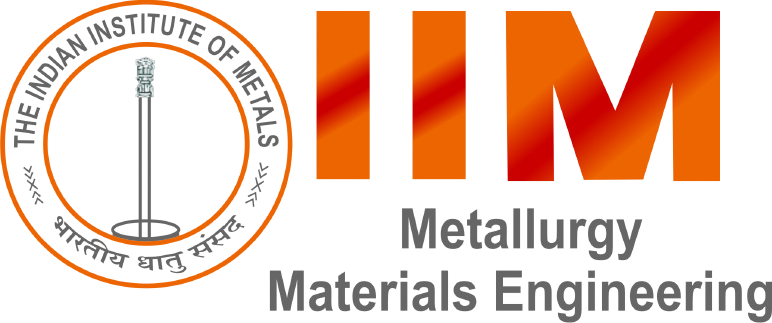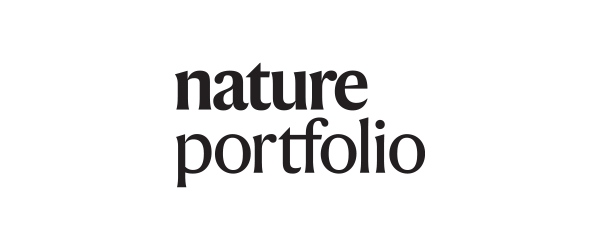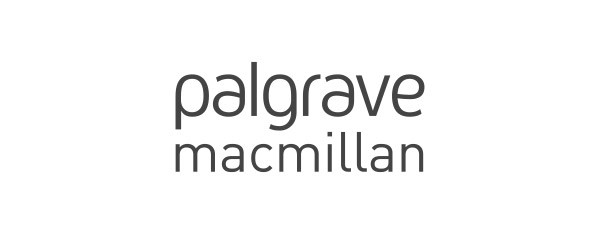Improving service
Improving service includes (among other things) publishing high quality research both efficiently and rigorously. And if it can also help support growth for early career researchers (ECRs) at the same time — that’s even better.
Working with Springer’s editorial team, the Institute, and the Editorial Board, Dr. Murty looked to improve how Transactions of the Indian Institute of Metals performed. A first step? Converting the journal to continuous article publishing (CAP), where articles appear as soon as they’re ready, instead of being held back to be assembled into an issue.
A next step was changing the journal’s approach to special issues. Following that, the journal looked to both improve the peer review process, while also supporting ECRs in developing their peer review skills.
Shifting to continuous article publishing (CAP)
As Dr. Murty explains, while shifting the journal to CAP helps articles appear faster, it wasn’t without challenges. He explains,
“This shift has helped us in timely final publication of issues, alongside the Online First release of accepted articles, thereby greatly benefiting our authors. This transition wasn’t without its challenges, especially given the volume of backlog that needed to be cleared beforehand. However, with strategic planning, strong support from our Publishing Editor, Ms. Sonal Choudhary and swift implementation, we successfully navigated this change. I am certain the implementation of CAP workflow is in the right direction benefiting everyone.”
New approach to special issues
In addition to moving to CAP, the journal also refined its approach to special issues. Rather than publishing conference proceedings, Transactions of the Indian Institute of Metals now organizes its special issues around timely topics. Dr. Murty again:
“We have successfully implemented a rigorous selection process that prioritizes thematic Special Issues on timely, high-impact topics, featuring strong international contributions through invited submissions.”
The journal was able to do this with support from both Springer as well as the Institute. “We’ve evolved significantly thanks to the trust and support of the society and the guidance of the publishing team.”
Focus on: Peer review, and early career researchers (ECRs)
Dr. Murty notes, “Researchers are looking for timely publication of articles… Reducing the time taken is a priority.” While shifting to CAP can help with that, post-acceptance, the other part of the process that can take time is peer review.
So Transactions of the Indian Institute of Metals has taken a two-pronged approach to helping speed peer review. One prong is to recognize the best reviewers. “Recognising reviewers, who submit timely reviews is a very important point followed by timely decision by the editors,” Dr. Murty notes. Also, “As a part of our annual tradition, outstanding reviewers are honoured at the society’s annual conference.”
The other prong — which also helps develop ECR skills — is to work with developing ECRs as expert peer reviewers. Dr. Murty explains this in detail:
[The journal receives] “multiple requests from young Ph.D’s and post docs volunteering to be part of review process. In order to foster inclusivity and support early-career researchers, we actively involved them in the peer review process. Their reviews are evaluated by handling editors on a scale of one to five. Further, reviewers who receive a top rating of five are awarded certificates signed by the Chief Editor, and their names are featured on the journal’s website to enhance their visibility and recognition.”
Collaboration with Springer
Dr. Murty cites the collaboration with Springer and Springer’s professional editorial staff in realizing the journal’s vision of “faster publication of quality articles.”
“The collaboration with Springer has played a pivotal role in enhancing the reach and visibility of the journal, significantly contributing to the global dissemination of research. The Society (Indian Institute of Metals) deeply values the various innovations and developments introduced by Springer, which have been instrumental in positioning Transactions of the Indian Institute of Metals as a truly international journal, attracting high-quality contributions from around the world. The consistent growth in downloads, impact factor, and international submissions reflects how well the journal’s aims and scope align with the latest advancements in materials science research.”
Like many in the academic community, the journal recognizes the growing importance of addressing research integrity challenges and works closely with Springer to ensure transparency and ethical publishing practices.
“Springer’s support has been truly invaluable in addressing and scaling ethical concerns that occasionally arise. This particular aspect of red-flagging articles with dubious authorships has been a very important lesson which we have [learned] and appropriate measures were put in place to identify articles with irrelevant backgrounds, at the desk editor stage itself. We place our trust in Springer’s Research Integrity and Publishing Editor, Sonal Choudhary and supporting team to navigate challenging situations effectively, while upholding the journal’s credibility and safeguarding its reputation. Their proactive approach ensures that Transactions of the Indian Institute of Metals maintains the highest standards of integrity and ethical publishing. “









